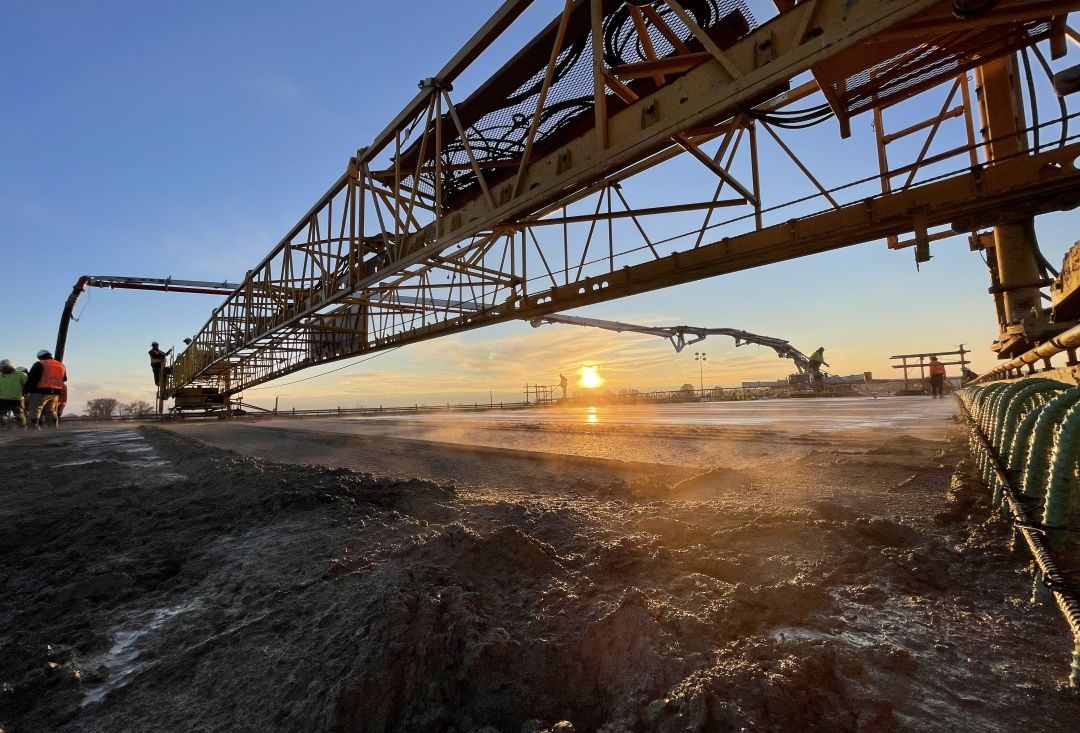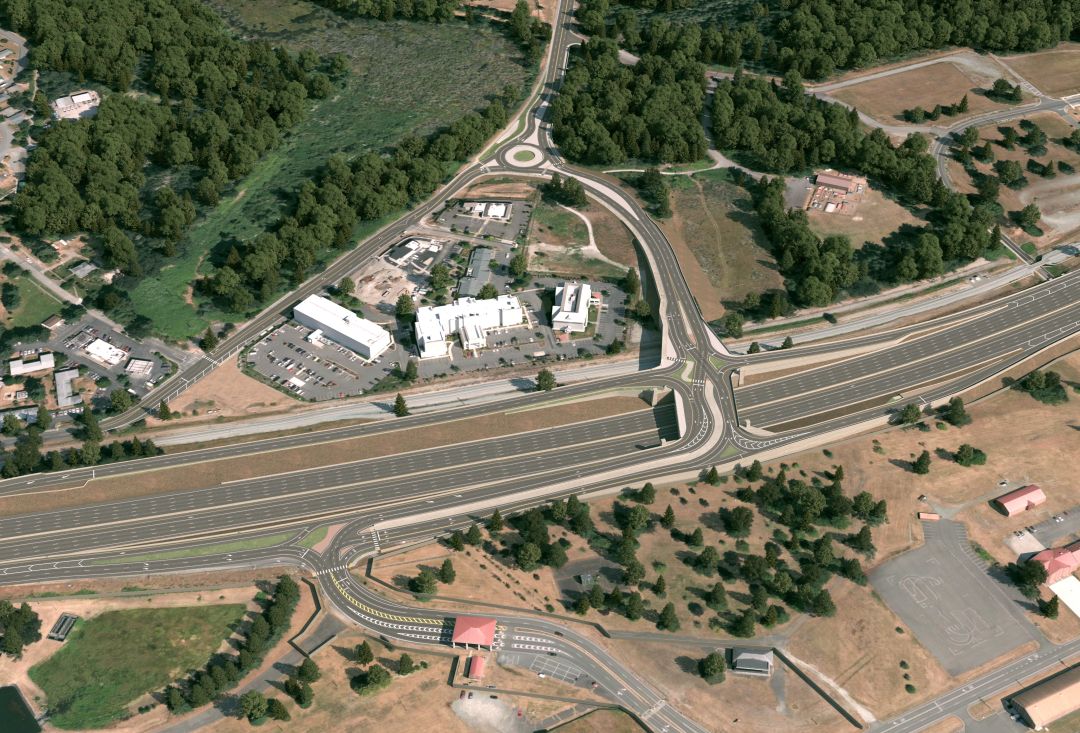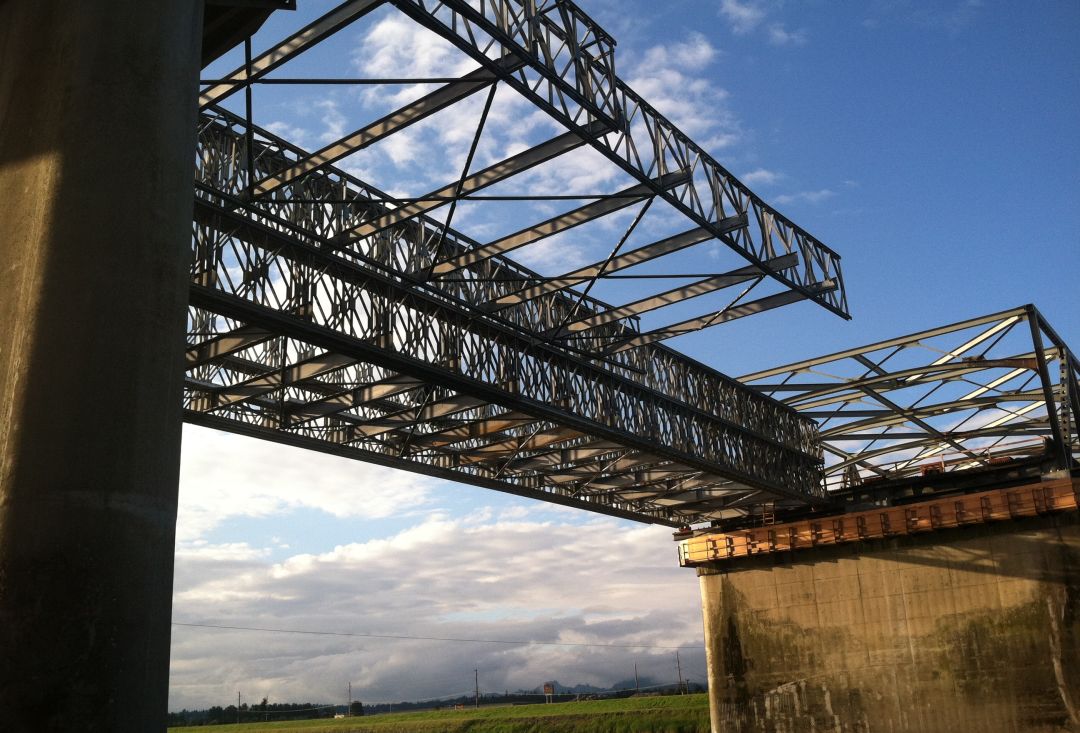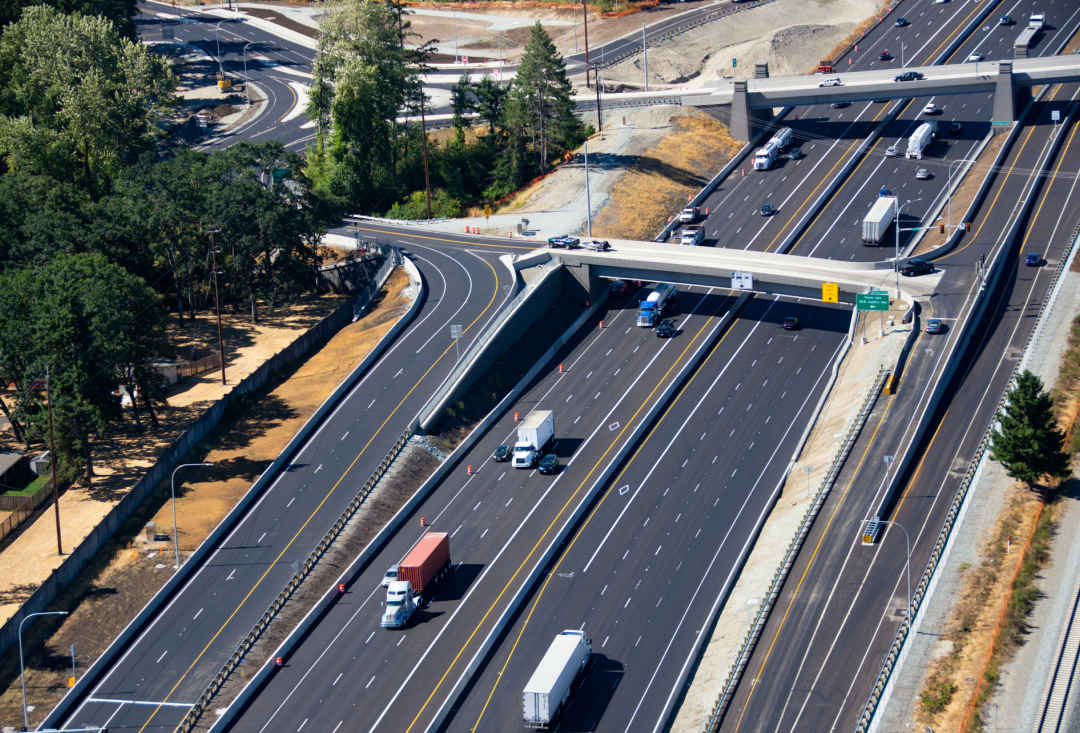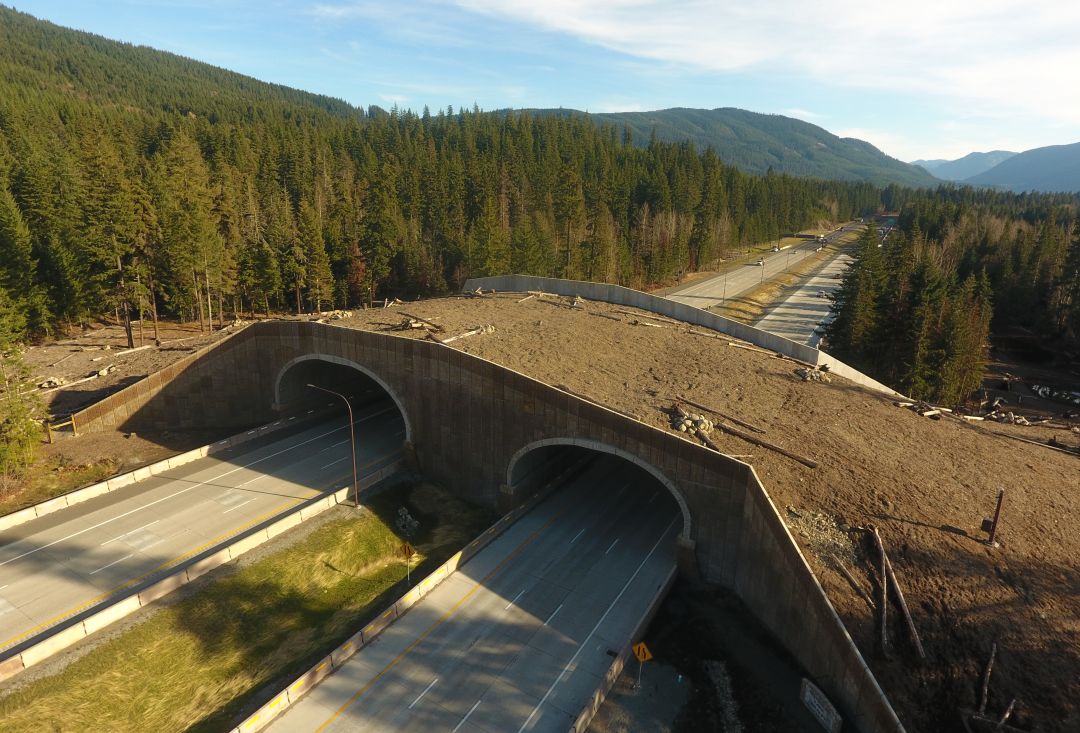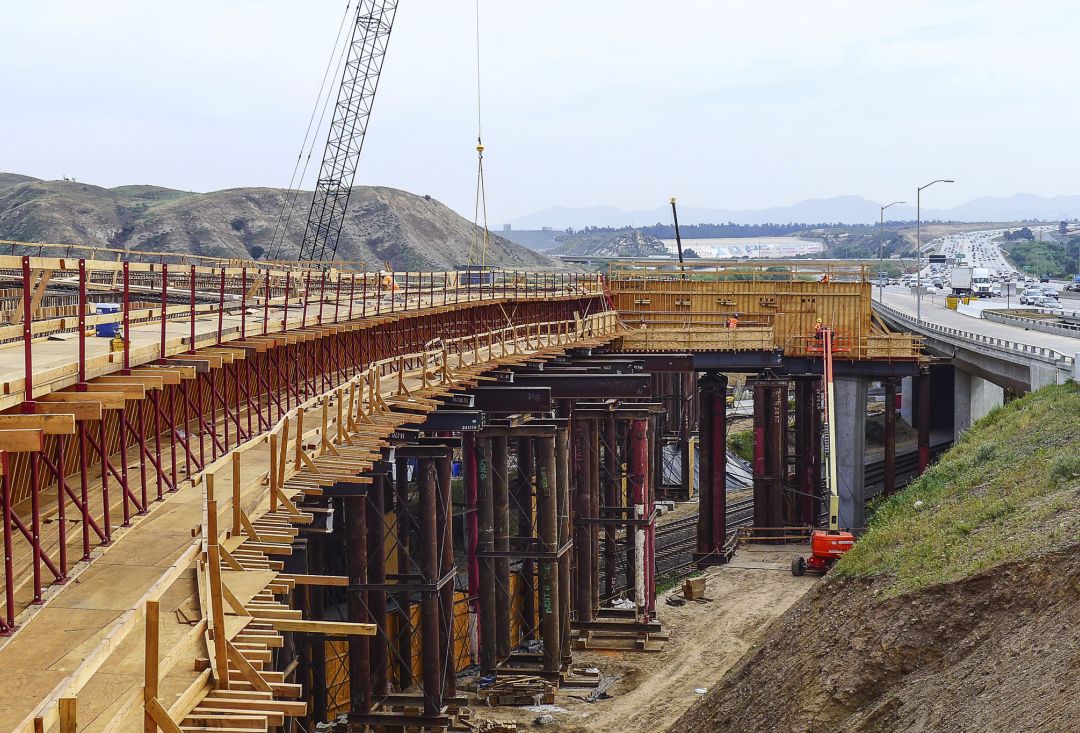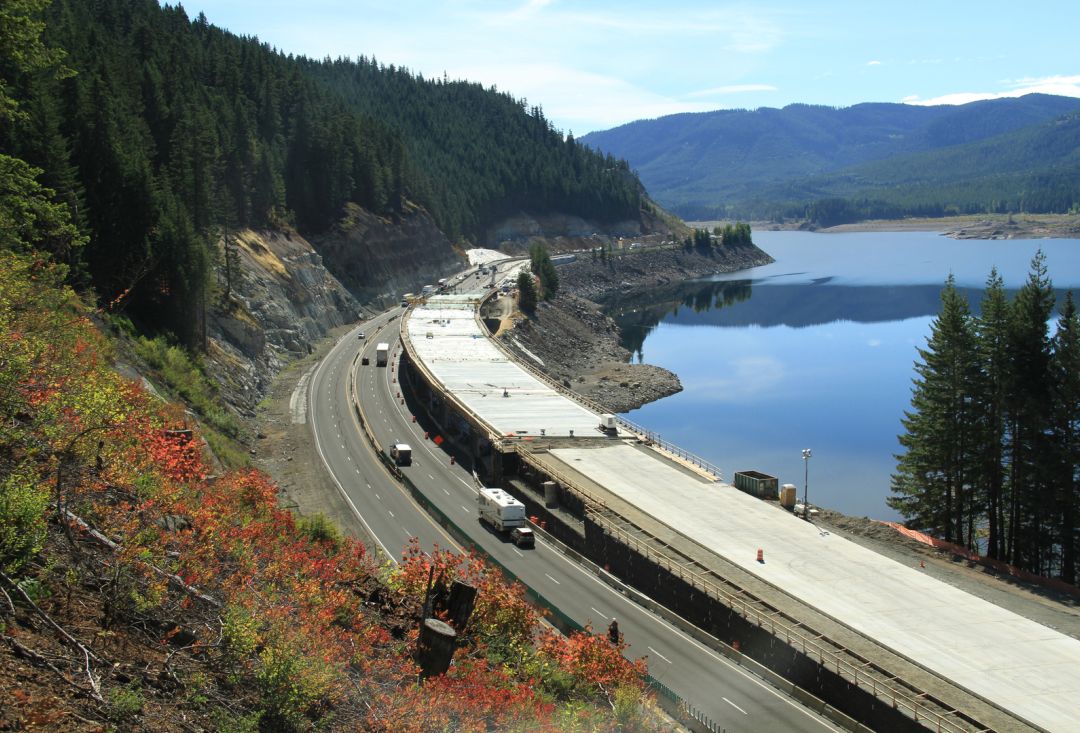Client
Completion Date
Designer
Location
Delivery Method
Division
Contract Value
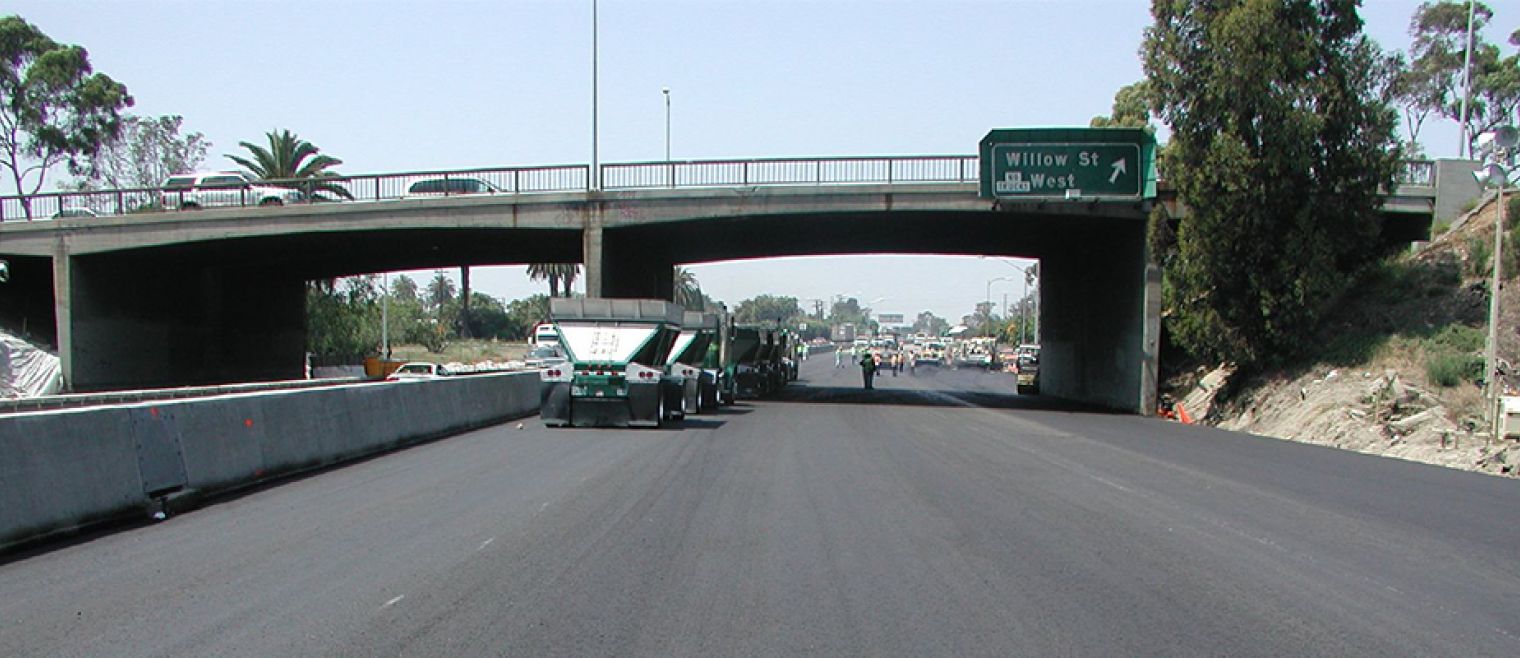
The Route 710 Long Life Pavement Rehabilitation encompasses various improvements over 9 miles along I-710 in Los Angeles County, extending from the I-405/I-710 junction to the Firestone Boulevard overcrossing. The project's focal points included the comprehensive rehabilitation of the pavement, upgrading the median barrier, and widening the shoulders. Notably, the existing freeway sections were completely removed and replaced with new 'long life' asphalt concrete paving sections. The scope of work also entailed asphalt concrete overlays, two bridge widenings, and widening 6 miles of freeway to accommodate an additional lane and wider shoulder. Additionally, the project involved the replacement of 9 miles of concrete barriers, the installation of two Weigh-In-Motion Commercial Vehicle monitoring systems, and a new fiber-optic system.
The construction of this project unfolded in seven intricately coordinated stages. Stage 1 involved the replacement of the median barrier and the reconstruction of pavement within the median, inclusive of new drainage systems. Stage 2 focused on the reconstruction of pavement and the expansion of freeway shoulders, encompassing on/off-ramps and connecting points with intersecting freeways at I-405 and SR 91. During Stage 2, two bridges were also widened to meet project requirements. Stages 3 through 6 were executed on weekends, necessitated by mandated full- and partial-freeway closures for the replacement of entire mainline pavement sections. The weekend work demanded meticulous traffic control management, with traffic redirected to a single side of the freeway using a moveable barrier system while reconstruction activities occurred on the opposite side. Stage 7 concluded the paving sections at the 'crossover' locations and seamlessly integrated the new pavement with the existing pavement at the project's northern and southern boundaries.
Safety enhancements constituted a significant aspect of this endeavor. These enhancements encompassed the replacement of double metal beam barriers with concrete median barriers, an increase in the median's height to mitigate headlight glare, upgrades to lighting and sign illumination systems, improvements to on-ramps and off-ramps, and the incorporation of maintenance pull-out features.
While the project originally was scheduled for five years, Atkinson reduced the overall schedule by two-and-a-half years. The team gained this efficiency by consolidating phases and concurrently executing work activities, resulting in substantial cost savings for the project owner.
